The Imaging X-ray Polarimetry Explorer
The Imaging X-ray Polarimetry Explorer is the Instrument on board the SMEX mission IXPE. The IXPE mission, announced on 13 January 2017, is a NASA mission in partnership with the Italian space agency, Agenzia Spaziale Italiana (ASI). It has been launched at 1 a.m. EST on December 9, 2021.
This is the website of the IXPE Italian collaboration, which provided the mission with the ground-breaking focal plane instrument, plus several contributions from the Science and Data analysis to the IXPE primary ground station.
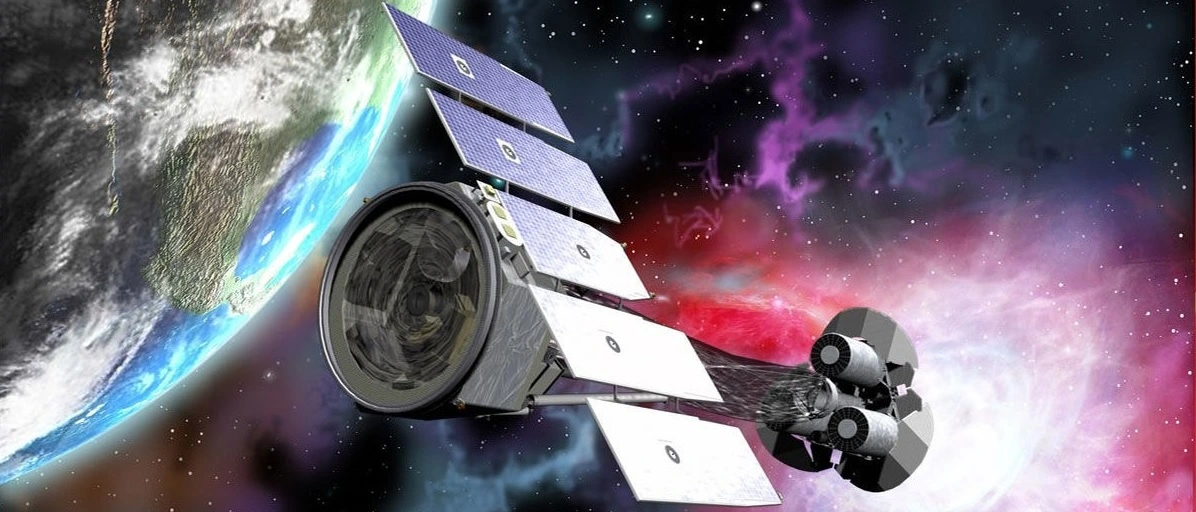
The IXPE mission will fly three telescope systems capable of measuring the polarization of X-rays emitted by cosmic sources. ASI will contribute IXPE's three polarization-sensitive X-ray detectors which are designed, built and tested in Italy, and the use of its equatorial ground station located at Malindi, Kenya.
The focal plane Detector Units (DUs) and the Detector Service Unit (DSU) were developed by INAF-IAPS and INFN and were manufactured by OHB-IT.
NASA will supply the X-ray telescopes and use of its facilities to perform end-to-end X-ray calibration and science operations.
Ball Aerospace in Broomfield, Colorado, will provide the spacecraft and mission integration. Ball Aerospace will also operate the flight system with support from LASP (Laboratory for Atmospheric and Space Physics) at the University of Colorado at Boulder.
Other partners include Stanford University, Nagoya University and MIT (Massachusetts Institute of Technology).
The figure below highlights the roles of the IXPE partners
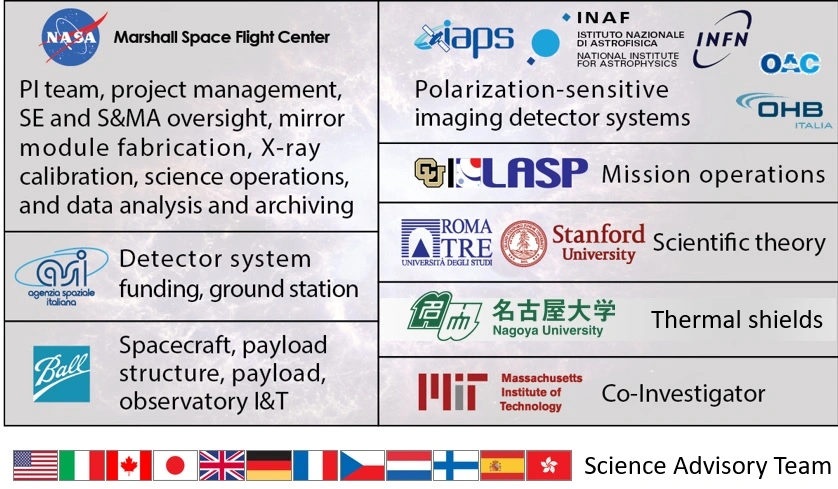
OBJECTIVES
IXPE is designed as a 2-year mission with possible extension as a general-observer mission. IXPE will orbit at 600 km of altitude, with an orbital period of 5.76 ks and 35% of this time affected by Earth occultations of X-ray targets. This fraction of the orbital period can be used for calibration purposes.
IXPE will be the first mission entirely dedicated to X-ray polarimetry. In addition to the direction, energy, and arrival time of every photon, polarimetry adds two observables: the degree and angle of polarization. These observables provide information on the emission mechanism and the geometry of the source.
Updated on December 9, 2023
Time on orbit
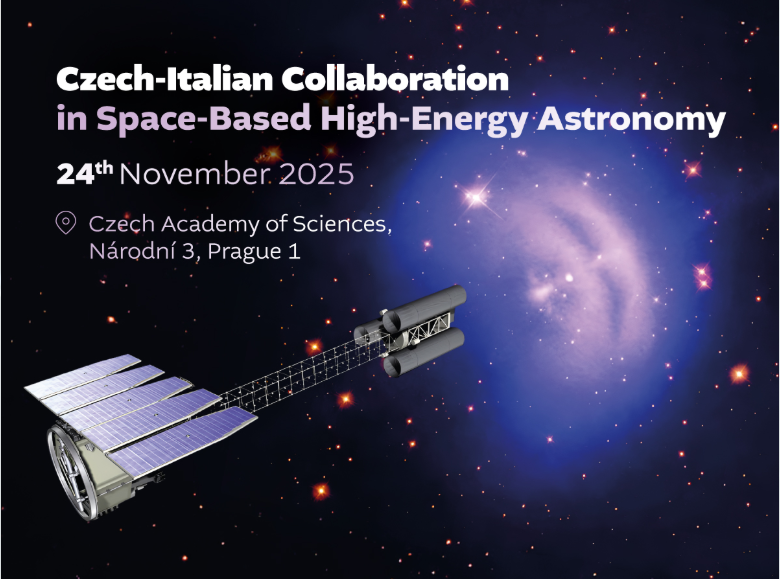
Czech-Italian Collaboration in Space-Based High-Energy Astronomy
November 24 2025, Czech Academy of Sciences, Národní 3, Prague 1
The conference on Czech-Italian collaboration in space-based high-energy astronomy will spotlight the latest research breakthroughs, including the measurement of X-ray polarization around accreting black holes with the IXPE mission, and will look ahead to future international missions such as ESA’s upcoming NewAthena mission, the proposed Large Area Detector, and the ambitious Czech-led project Quvik.
The conference is organized by the Astronomical Institute of the Czech Academy of Sciences, in cooperation with the Italian Embassy and with the support of the Czech Academy of Sciences’ Space for Humankind initiative.
A highlight of the program will be the awarding of the prestigious Ernst Mach Medal to Professor Enrico Costa for his pioneering contributions to X-ray polarimetry and his long-standing collaboration with the Prague Relativistic Astrophysics group in the study of accreting black holes.
 MEDIA INAF
MEDIA INAF
July 16, 2025
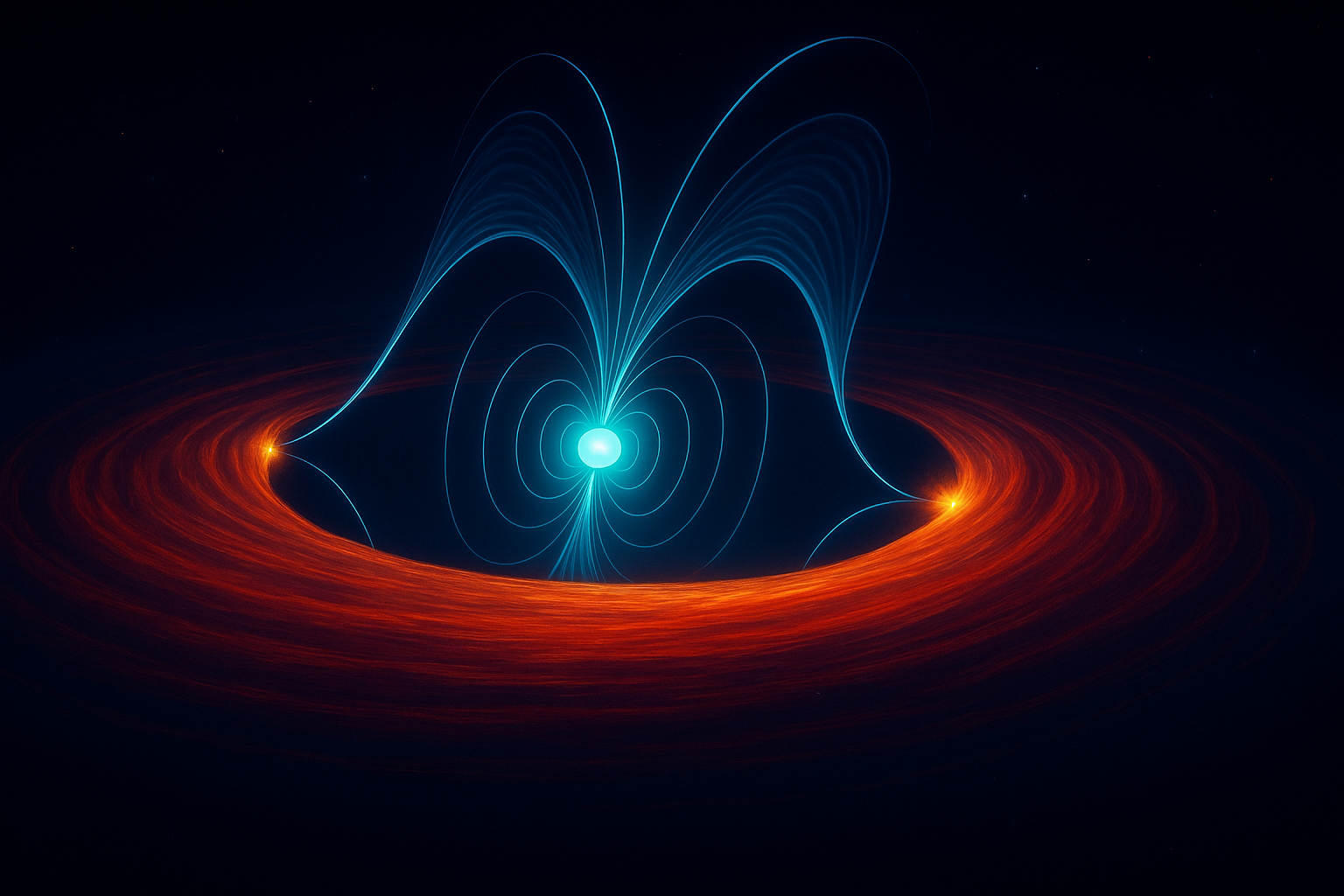
Tra gli alti e i bassi di una pulsar con Ixpe
Un team internazionale guidato dall’Inaf ha misurato per la prima volta la polarizzazione della luce emessa da una pulsar al millisecondo transizionale in tre diverse bande dello spettro elettromagnetico: X, ottica e radio. Lo studio, pubblicato su ApJL, indica che l’emissione è dominata dal vento di particelle prodotto dalla pulsar e non dalla materia che la pulsar stessa sta risucchiando alla sua stella compagna.

A Ronaldo Bellazzini, Enrico Costa e Martin Weisskopf il Premio Antonio Feltrinelli 2025
June 2025
Il Premio Internazionale Antonio Feltrinelli per le scienze fisiche, matematiche e naturali, destinato all’astronomia, è stato conferito ai fisici Ronaldo Bellazzini dell’Istituto Nazionale di Fisica Nucleare (INFN), Enrico Costa dell’Istituto Nazionale di Astrofisica (INAF) e Martin Weisskopf della NASA, per il loro straordinario contributo alla realizzazione e al successo della missione spaziale Imaging X-ray Polarimetry Explorer (IXPE), lanciata nel 2021 e tuttora operativa. Il premio è stato consegnato oggi, 13 giugno, dall’Accademia Nazionale dei Lincei, la più antica accademia scientifica del mondo (1603), alla presenza del Presidente della Repubblica Sergio Mattarella.
Foto e video sul sito del Qurinale. Articoli su MediaINAF, INFN
 MEDIA INAF
MEDIA INAF
May 28, 2025
Ixpe svela i segreti di una magnetar attiva
Il satellite Nasa-Asi Ixpe ha osservato per la prima volta la magnetar 1E 1841-045 durante una fase di attivazione, rilevando l’emissione di raggi X polarizzati. Questa scoperta fornisce nuovi indizi sul campo magnetico della stella e sui meccanismi di produzione di radiazione ad alta energia nelle pulsar altamente magnetizzate. I dettagli in due articoli scientifici pubblicati oggi su ApJL
L’articolo “ “IXPE detection of highly polarized X-rays from the magnetar 1E 1841-045””, Michela Rigoselli et al., è su The Astrophysical Journal Letters
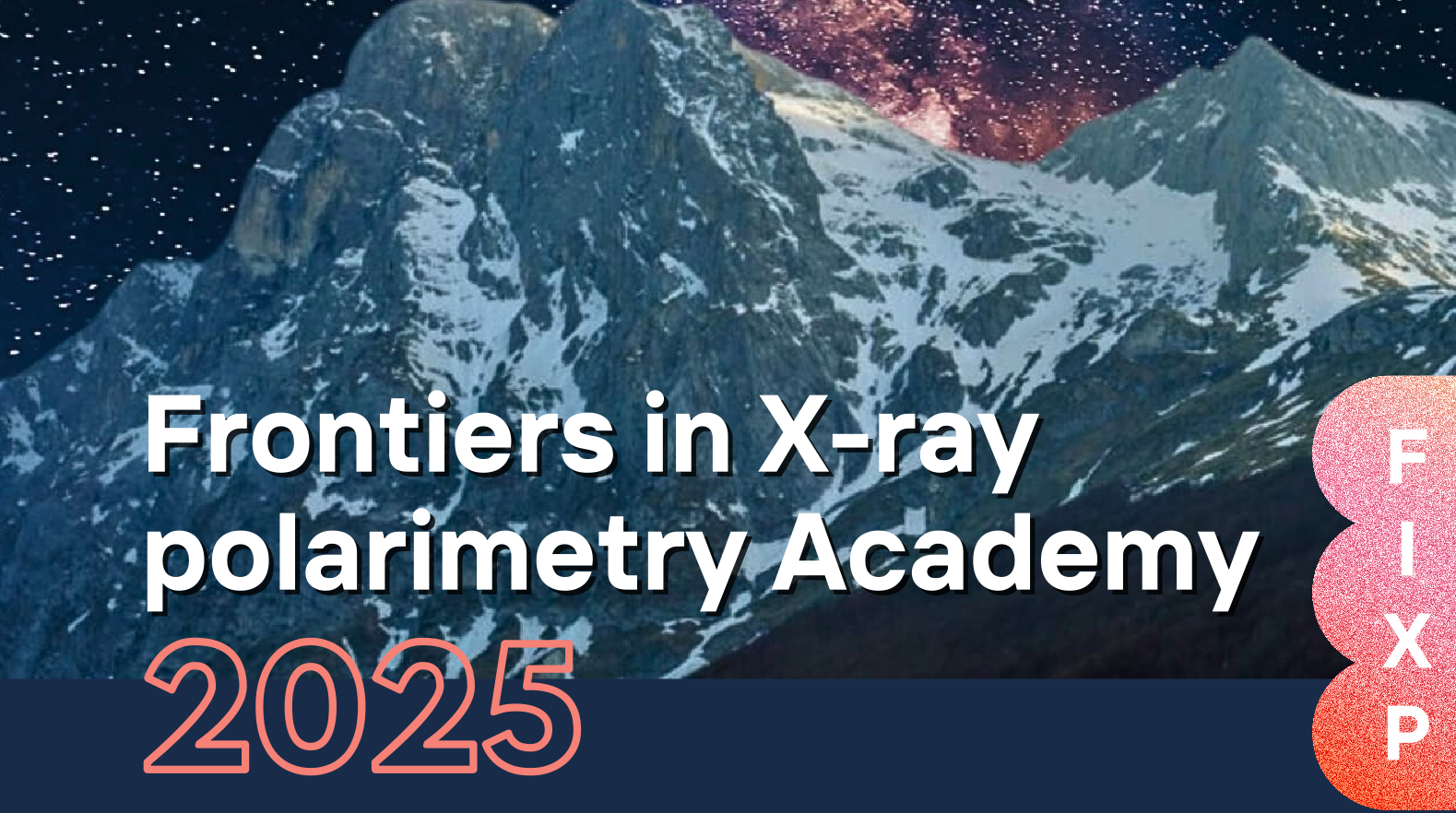
The academy focuses on state-of-the-art X-ray and Gamma polarimetry and hosts many experts in the field. The program comprises morning lectures by world-renowned scientists offering an overview of experimental techniques, theoretical aspects, and possible astrophysical observations with current and future mission opportunities. Participants will engage in hands-on exercises emphasizing methodologies, including dedicated sessions to help attendees get acquainted with IXPE data and analyses.
March 8, 2025
 astrobites
astrobites
February 13, 2024
Meet the AAS Keynote Speakers: Dr. Paolo Soffitta and Dr. Martin Weisskopf
The HEAD Bruno Rossi Prize Lecture: Martin Weisskopf (NASA Marshall Space Flight Center) and Paolo Soffitta (INAF-IAPS) is on Wednesday January 15 at 8:10 AM ET in Potomac Ballroom AB.
 AAS 245
AAS 245
January 23, 2024
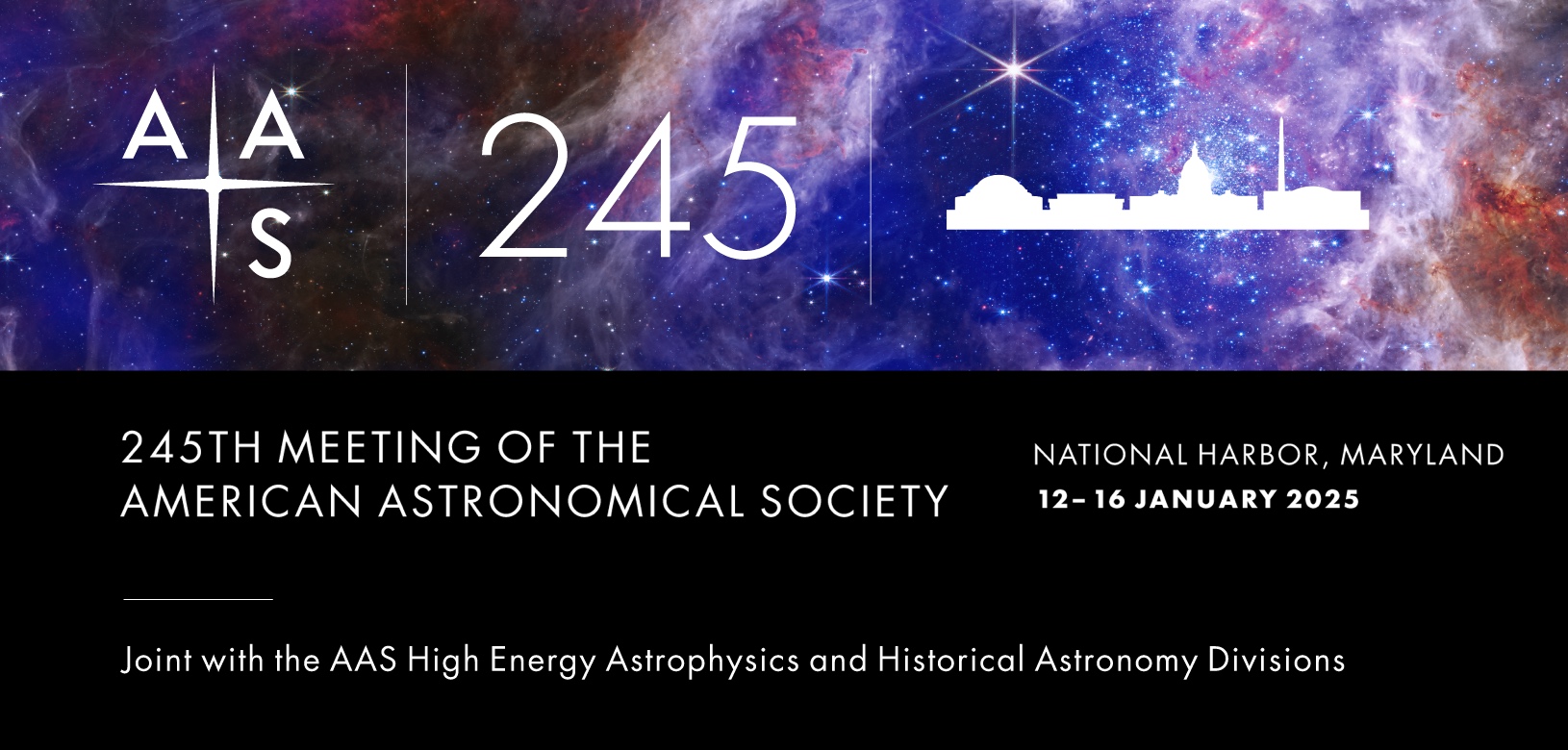
On January 15 2025, at National Harbor near Washington, during the American Astronomical Society (AAS) session, the 2024 Bruno Rossi Prize plate for High-Energy was given to Martin Weisskopf, Paolo Soffitta. Weisskopf and Soffitta gave a shared plenary lecture as part of the event with several hundred scientists attending.
The Rossi Prize is one of the most important prize for High Energy Astrophysics and it is awarderd yearly during the winter session of AAS. On 2024 was awarded to Martin Weisskopf, Paolo Soffitta and the IXPE team.
 NASA MISSION PAGES
NASA MISSION PAGES
August 23, 2024
How Students Learn to Fly NASA’s IXPE Spacecraft
At LASP, the Laboratory for Atmospheric and Space Physics, students at the University of Colorado, Boulder, can train to become command controllers, working directly with spacecraft on pointing the satellites, calibrating instruments, and collecting data.
Students also put into motion IXPE’s instrument activity plans, which are provided by the Science Operations Center at NASA’s Marshall Space Flight Center in Huntsville, Alabama.
 MEDIA INAF
MEDIA INAF
July 21, 2024
Ixpe svela un tesoro nascosto nella Via Lattea
Osservata con il telescopio spaziale Ixpe l’emissione in polarizzazione X di Cygnus X-3, ora classificato come Ulx, vale a dire una sorgente di raggi X ultra-luminosa. «ll valore misurato, pari a oltre il 20 per cento, non può essere spiegato con nessun modello applicabile alle altre sorgenti di questo tipo», dice Fabio Muleri dell’Inaf di Roma, «e quindi ne abbiamo dovuto sviluppare uno appositamente»
L’articolo “ Cygnus X-3 revealed as a Galactic ultraluminous X-ray source by IXPE”, di Alexandra Veledina, Fabio Muleri, Juri Poutanen, et al., è su Nature Astronomy
 MEDIA INAF
MEDIA INAF
July 6, 2024
Consegnati a Napoli i premi Sait 2024
Giovedì 6 giugno, al termine della quarta giornata del congresso annuale della Società astronomica italiana, sono stati consegnati i premi intitolati a “Pietro Tacchini”, “Giuseppe Lorenzoni” e “Giovanni Fabrizio Bignami”, vinti rispettivamente da Nicola Borghi, Giovanni Poggiali e Riccardo Ferrazzoli
 High Energy Astrophysics Division
High Energy Astrophysics Division
January 10, 2024
The 2024 Prize Winner: Martin Weisskopf, Paolo Soffitta, and the IXPE team
The 2024 Bruno Rossi Prize has been awarded to Dr. Martin Weisskopf, Dr. Paolo Soffitta, and the IXPE team for their development of the Imaging X-ray Polarimetry Explorer whose novel measurements advance our understanding of particle acceleration and emission from astrophysical shocks, black holes and neutron stars.
 ASI
ASI
January 10, 2024
A Martin Weisskopf, Paolo Soffitta e la collaborazione IXPE il Premio Bruno Rossi 2024
 INFN
INFN
January 10, 2024
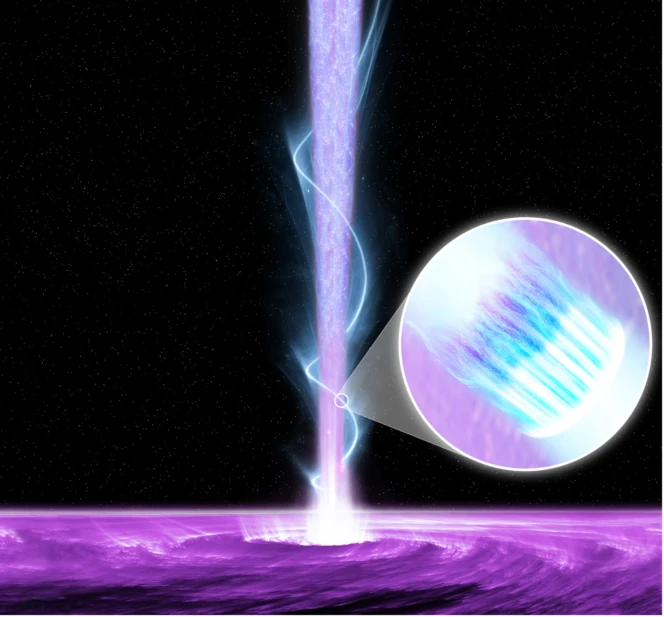
 NASA MISSION PAGES
NASA MISSION PAGES
December 9, 2023
NASA’s IXPE Marks Two Years of Groundbreaking X-ray Astronomy
On Dec. 9, astronomers and physicists will commemorate two years of landmark X-ray science by NASA’s IXPE (Imaging X-ray Polarimetry Explorer) mission.
IXPE is the joint NASA-Italian Space Agency mission to study polarized X-ray light. Polarization is a characteristic of light that can help reveal information about where that light came from, such as the geometry and inner workings of the ultra-powerful energy sources from which it emanates.
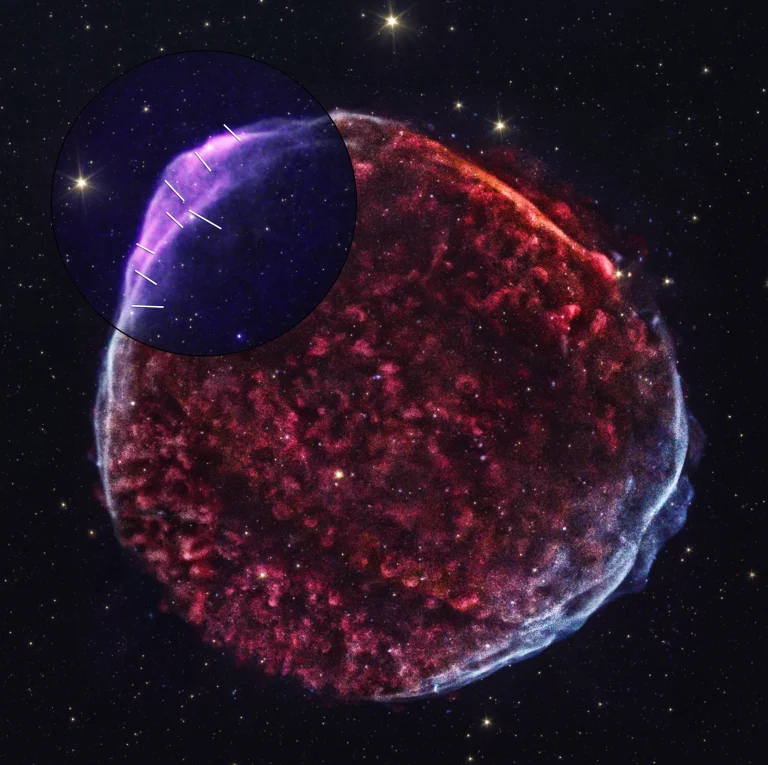
 NASA MISSION PAGES
NASA MISSION PAGES
October 26, 2023
IXPE Untangles Theories Surrounding Historic Supernova Remnant
NASA’s IXPE (Imaging X-ray Polarimetry Explorer) telescope has captured the first polarized X-ray imagery of the supernova remnant SN 1006. The new results expand scientists’ understanding of the relationship between magnetic fields and the flow of high-energy particles from exploding stars.
 MEDIA INAF
MEDIA INAF
October 26, 2023
Sn 1006, nuove indagini per Ixpe
L'osservatorio spaziale Ixpe ha catturato le prime immagini a raggi X polarizzate del resto di supernova Sn 1006. I risultati, pubblicati su The Astrophysical Journal, fanno nuova luce sulla relazione tra i campi magnetici e il flusso di particelle ad alta energia provenienti dall’esplosione delle stelle. Con un commento di Riccardo Ferrazzoli dell’Inaf di Roma, tra i coautori dello studio

IXPE Proposer Workshop Registration
An IXPE proposers workshop will be held virtually on Wednesday, 6th of September 2023 (11am-12:30pm Eastern Time).
This session is presented to update the community on opportunities to propose for the upcoming IXPE GO program. A description of the IXPE mission and a summary of its major scientific achievements will be presented.
Opportunities for participation through the General Observer Program, which supports a broad range of opportunities, will be described in detail in an interactive forum.
Register by filling out the google form before September 1, 2023: https://forms.gle/Bh9U7YKfXpgTh9Bn7

 MEDIA INAF
MEDIA INAF
July 20, 2023
Arrivano da Ixpe nuove scoperte sui blazar
Grazie a una serie di osservazioni in polarizzazione del blazar Markarian 421, il telescopio spaziale Ixpe – nato da una collaborazione tra la Nasa e l’Asi, con il contributo dell’Inaf e dell’Infn – è riuscito ad acquisire dettagli senza precedenti, confermando l’idea che «il plasma responsabile dell’emissione nei raggi X segua la struttura elicoidale del campo magnetico all'interno dei getti», spiega Dawoon Kim, coautore dello studio pubblicato su Nature Astronomy
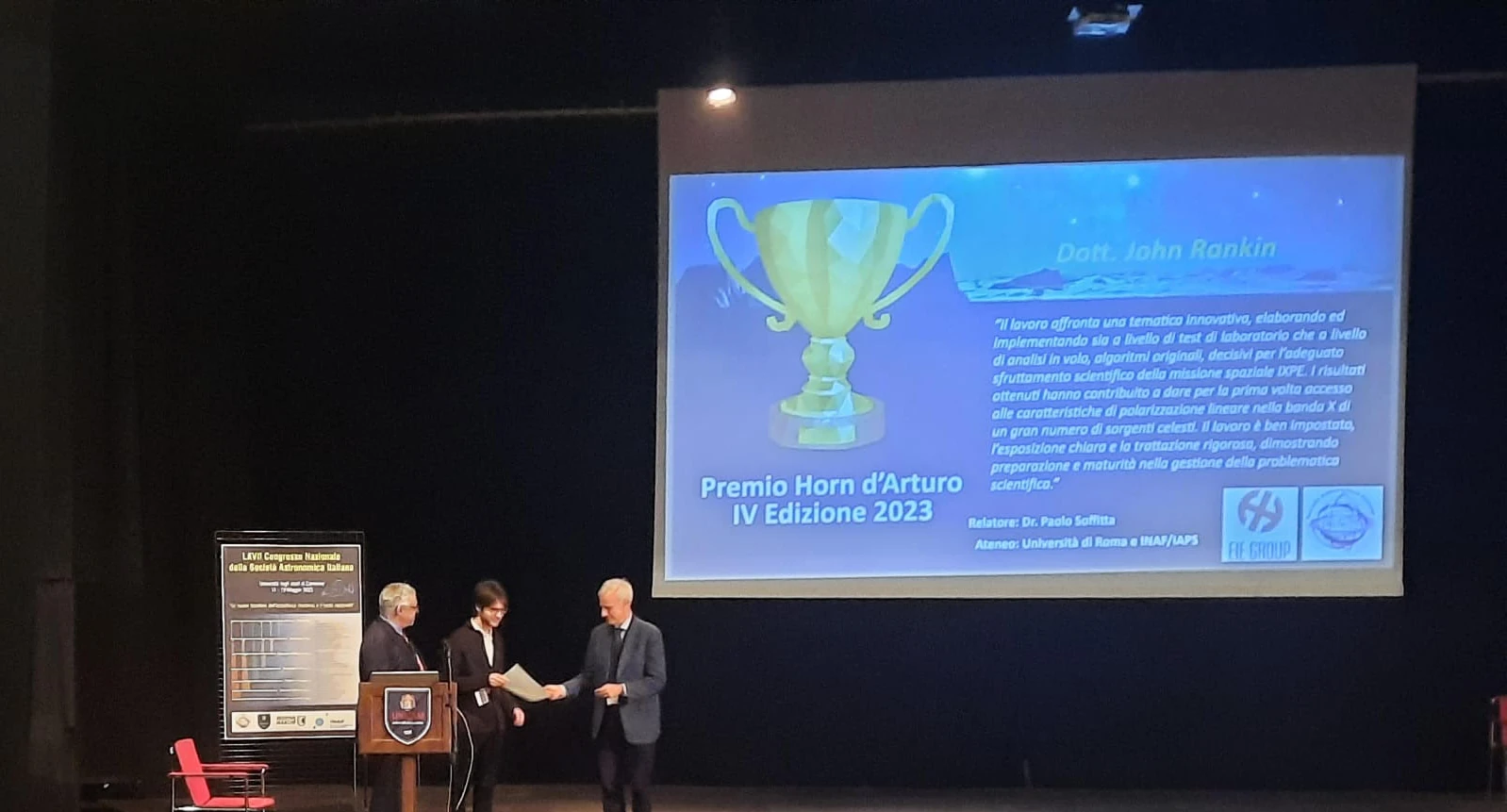
Premio Guido Horn D’Arturo 2023
May 25, 2023
John Rankin è il vincitore del Premio Horn d’Arturo 2023 con la tesi dal titolo “Rilevazione della polarizzazione nei raggi X dalla terra allo spazio con l'esploratore polarimetrico nei raggi X a immagini” con la seguente motivazione:
“Il lavoro affronta una tematica innovativa, elaborando ed implementando sia a livello di test di laboratorio che a livello di analisi in volo, algoritmi originali, decisivi per l’adeguato sfruttamento scientifico della missione spaziale IXPE. I risultati ottenuti hanno contribuito a dare per la prima volta accesso alle caratteristiche di polarizzazione lineare nella banda X di un gran numero di sorgenti celesti. Il lavoro è ben impostato, l’esposizione chiara e la trattazione rigorosa, dimostrando preparazione e maturità nella gestione della problematica scientifica.
Il premio è stato consegnato lo scorso 16 Maggio 2023, durante lo svolgimento del LXIV Congresso della Società Astronomica Italiana
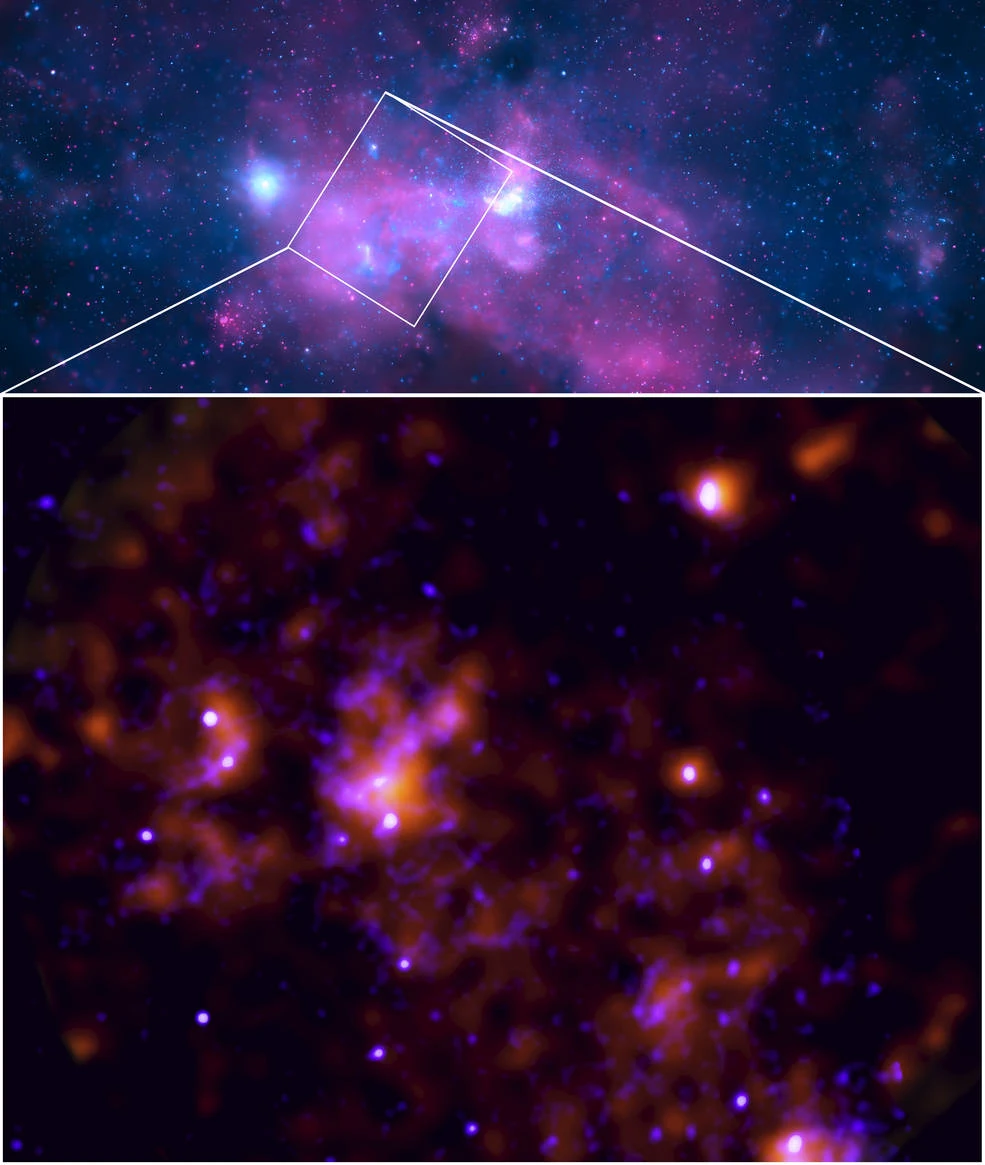
 NASA MISSION PAGES
NASA MISSION PAGES
June 21, 2023
Sagittarius A*, the supermassive black hole at the center of the Milky Way galaxy, is far less luminous than other black holes at the centers of galaxies we can observe, which means our galaxy’s central black hole has not been actively gobbling up material around it. Yet new evidence from NASA’s IXPE (Imaging X-ray Polarimetry Explorer) telescope suggests the ancient sleeping giant woke recently – about 200 years ago – to devour gas and other cosmic detritus within its reach.
 MEDIA INAF
MEDIA INAF
February 28, 2022
Duecento anni fa il buco nero centrale s’è svegliato
Stando ai dati raccolti dal telescopio spaziale Ixpe della Nasa, Sagittarius A* – il buco nero supermassiccio al centro della nostra galassia, con una massa stimata pari a milioni di volte quella del Sole – si sarebbe svegliato solo all’inizio del 19secolo secolo per divorare gas e altri detriti cosmici che si trovavano nei suoi dintorni. Lo studio che descrive la scoperta è stato pubblicato oggi su Nature.
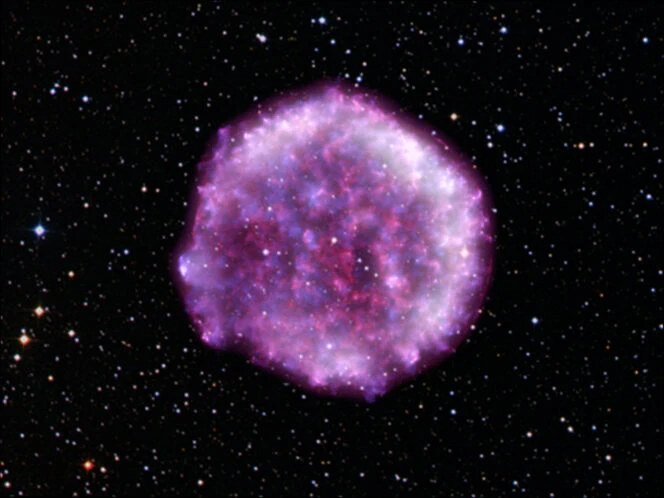
 MEDIA INAF
MEDIA INAF
February 28, 2022
Ixpe svela i misteri di una storica supernova
È il resto della supernova Tycho, una “nuova stella” vista esplodere in direzione della costellazione di Cassiopea più di 450 anni fa. Nel lavoro appena pubblicato su The Astrophysical Journal, un team di astronomi guidato da Riccardo Ferrazzoli dell’Istituto nazionale di astrofisica ha usato il telescopio spaziale Ixpe per studiare i raggi X polarizzati emessi da questa sorgente, scoprendo nuove informazioni sulla geometria dei suoi campi magnetici


 NEWS FROM IXPE
NEWS FROM IXPE